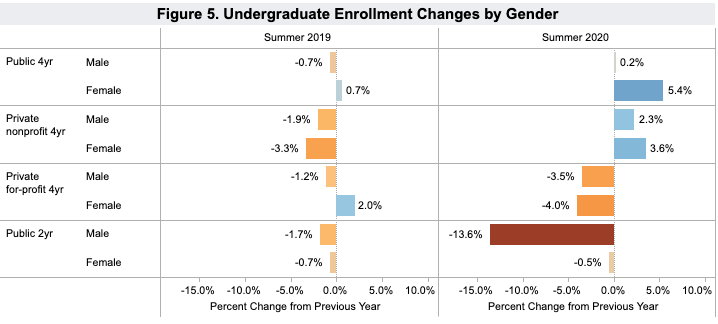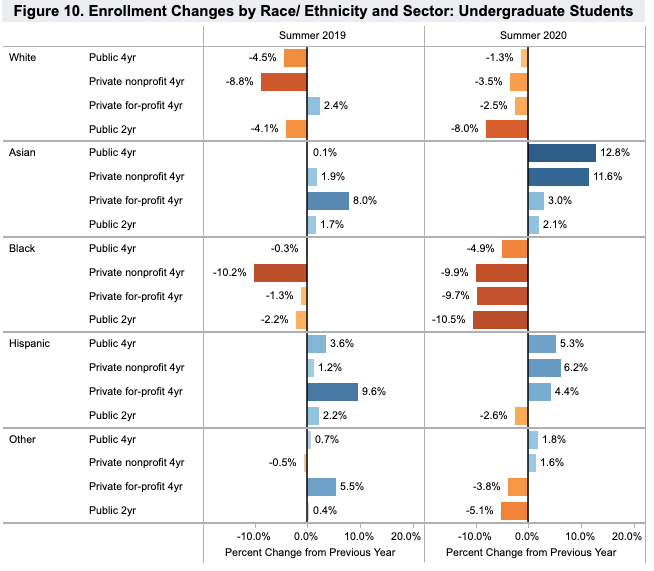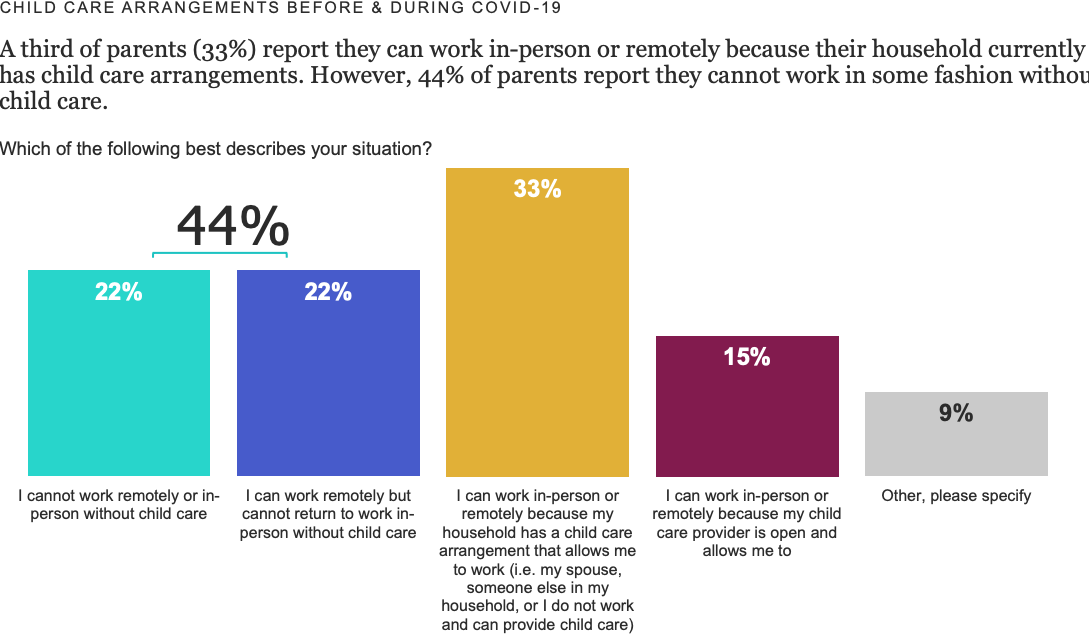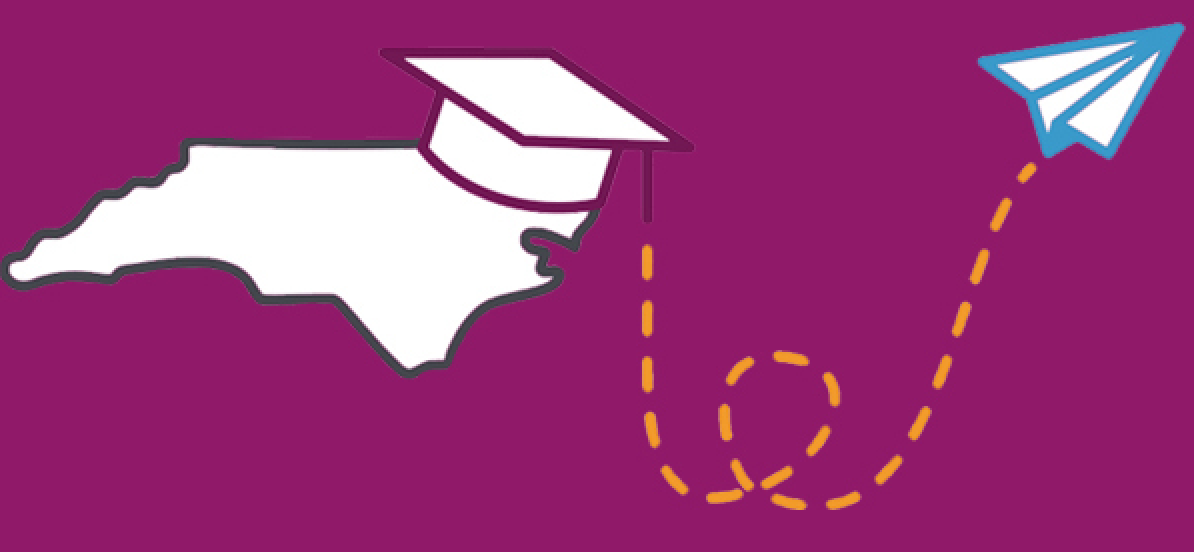Need to know: COVID-19
- As of noon on Friday, September 4, there were 174,254 confirmed cases. See cases by county here.
- The share of positive tests as a percentage of total tests is at 7.6%.
- 955 people were hospitalized with ~25% of ICU beds available.
- From March 15 to September 3, 1,264,866 North Carolinians have filed unemployment insurance claims. The state has paid 879,870 claimants.
- North Carolina is now in Phase 2.5. Find out what that means here.
Dropping knowledge
Community colleges saw a nearly 6% drop in enrollment nationally this summer when compared to summer 2019, according to new research from the National Student Clearinghouse Research Center. Groups with the largest enrollment declines include male students, certificate students, and Black students. Check out the data here.


In a press release, Executive Director Doug Shapiro said: “The equity implications for higher education in the fall are becoming more clear: Many of those most affected by the pandemic also appear to be losing access to college classes, even at community colleges and rural institutions that have traditionally served them.”
The National Student Clearinghouse Research Center will continue to track the impact of COVID-19 on postsecondary enrollments, which you can find here.
For your consideration
Last week, I highlighted an Atlantic Ideas article about giving parents child allowances to help with extra burdens during virtual learning, loss of child care, etc. This week, the North Carolina legislature passed $1.05 billion in federal funds for COVID-19 relief, including $440 million in funding for one-time $335 payments to parents with at least one child.
While this will certainly help parents, finding child care remains a problem. The Bipartisan Policy Center recently released the results of a survey of 1,000 parents of children under the age of 5 who were employed in January 2020. The results highlight how COVID-19 has impacted child care and parents’ ability to work. Here are some of the main findings:
- 44% of parents report they cannot work in some fashion without child care.
- Among parents who were using a formal child care provider in January 2020, 14% of those using a family-owned or individual location child care center reported their center had closed permanently — the highest among formal child care providers.
- A third of parents who were using formal child care providers in January 2020 are now using a family member or relative for child care.
- 40% of parents currently need child care four days a week or more.

Opportunity: National COVID-19 school response dashboard
Emily Oster, an economist at Brown University, is partnering with the School Superintendents Association, the National Association of Secondary School Principals, the National Association of Elementary School Principals, and Qualtrics to collect data from schools nationally on reopening and COVID-19. Their goal is to get better data on COVID-19 in schools to help schools across the country make better decisions on reopening.
They are issuing a national call to superintendents and principals at all schools — public, charter, or private — to get involved. To collect the data, they will send an initial baseline survey and follow up with short, bi-weekly surveys throughout the fall. They will then publish the data on a public dashboard (anonymously) as soon as September 21.
To participate, fill out this form if you are a superintendent or this form if you are a principal. They are also looking for volunteer help and funding. If interested, email [email protected].
What we're reading
Legislature passes COVID-19 relief, holds districts harmless for budget reductions due to declines in enrollment
The General Assembly passed a $1.05 billion COVID-19 relief bill this week. See what's included here. ... Read the rest-
School bus safety during the COVID-19 pandemic: 8 recommendations
-
FACE SHIELD OR FACE MASK TO STOP THE SPREAD OF COVID-19?
-
For students opting out of college this fall, it is a dream deferred
-
Remote Work Is Killing the Hidden Trillion-Dollar Office Economy
-
We Can Solve the Coronavirus-Test Mess Now—If We Want To
-
How the University of Arizona used No. 2 to solve its No. 1 problem: The coronavirus


